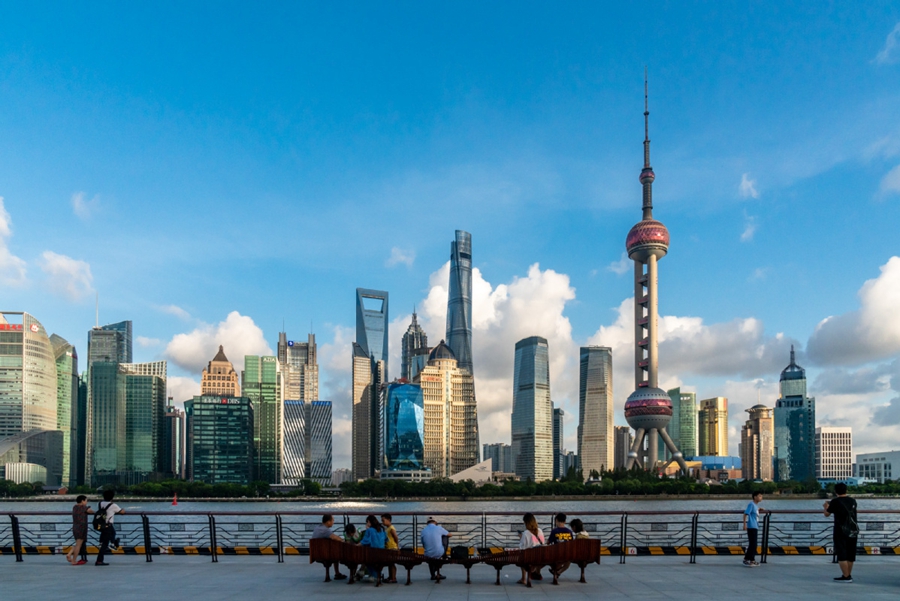Yangtze River Delta region cements position as China's economic powerhouse

The Yangtze River Delta region has solidified its position as a powerhouse of China's economy, driven by increased investment in research and development and a commitment to cross-regional collaboration in innovation and industry, officials said at a news conference held by the region's Regional Cooperation Office on Wednesday.
The region has seen its share of the country's total GDP rise from 23.9 percent in 2018 to 24.4 percent in 2023, with nine cities now boasting economies exceeding 1 trillion yuan ($137.58 billion), accounting for over a third of the nation's total.
This growth has been underpinned by a concerted effort to transition to higher-quality economic development, officials said, highlighted by a surge in R&D expenditure. The region's R&D intensity, a measure of R&D spending as a proportion of GDP, has risen from 2.81 percent in 2018 to 3.34 percent in 2023. This focus on innovation has also translated into international recognition, with the Shanghai-Suzhou and Nanjing securing the fifth and ninth positions, respectively, in the 2024 Global Innovation Index's ranking of the top 100 science and technology clusters.
"These achievements reflect the resilience and vitality of the delta's regional economy and its responsibility as a growth pole, a source of momentum, and a testing ground for (China's development)," said Gu Jun, director of the Regional Cooperation Office and deputy secretary-general of the Shanghai Municipal Government. Gu highlighted the successful implementation of the third round of the Three-Year Action Plan for Integrated Development of the YRD Region, a crucial roadmap for the region's development from 2024 to 2026.
Key to the delta region's success has been collaborative initiatives such as the joint research program spearheaded by the comprehensive national science centers in Shanghai's Zhangjiang and Anhui's provincial capital Hefei. Such collaborations have resulted in the formation of 12 innovation alliances and a list of 41 demand-based research tasks for its third phase. The region has also made strides in opening up access to scientific resources, exemplified by the YRD Technology Resource Sharing Service Platform, which currently hosts over 46,000 pieces of large-scale scientific equipment.
Underscoring the tangible impact of this innovation drive, Gu noted that four out of every 10 new energy vehicles manufactured in China now come from the Yangtze River Delta, a testament to the region's thriving automotive sector. This success, he explained, is the result of a joint effort to build a robust new energy vehicle industry chain and promote the development of connected and intelligent vehicles.
Looking ahead, officials emphasized the importance of continued collaboration, particularly in the face of a rapidly evolving global landscape.
Zhang Zhongwei, executive deputy director of the Regional Cooperation Office, stressed the need for a "two-pronged approach" to further bolster regional integration, driven both by government initiatives and leveraging the dynamism of market forces. He cited the establishment of specialized working groups within the Regional Cooperation Office, tasked with coordinating efforts across key areas such as land and space planning and data resources, as a key step in this direction.
"To further advance integrated development in the Yangtze River Delta, we must establish effective institutional arrangements in our working mechanisms," Zhang said. "This institutional arrangement involves both government and market aspects, representing a dual-wheel drive and two-way empowerment of government and market forces."